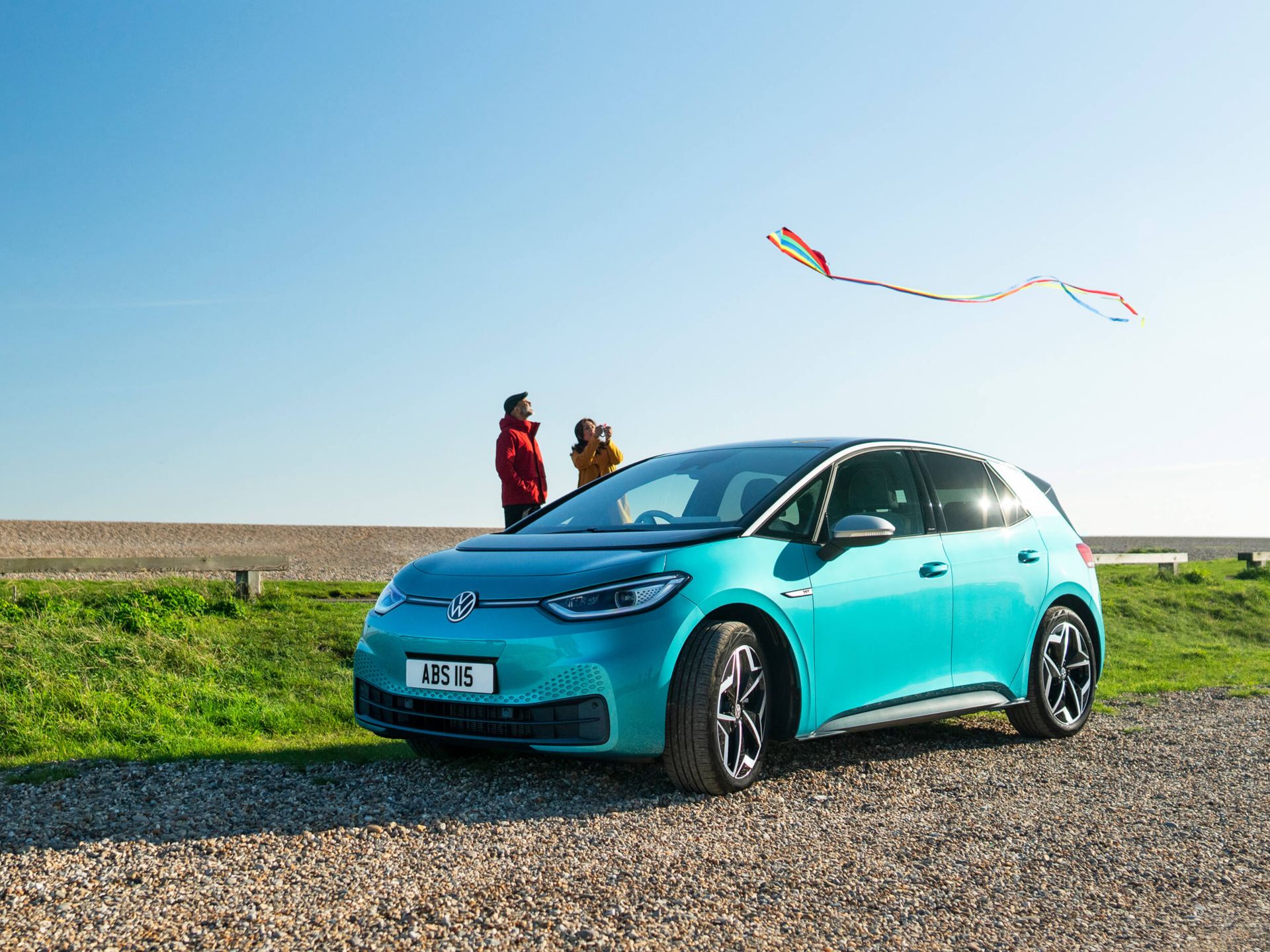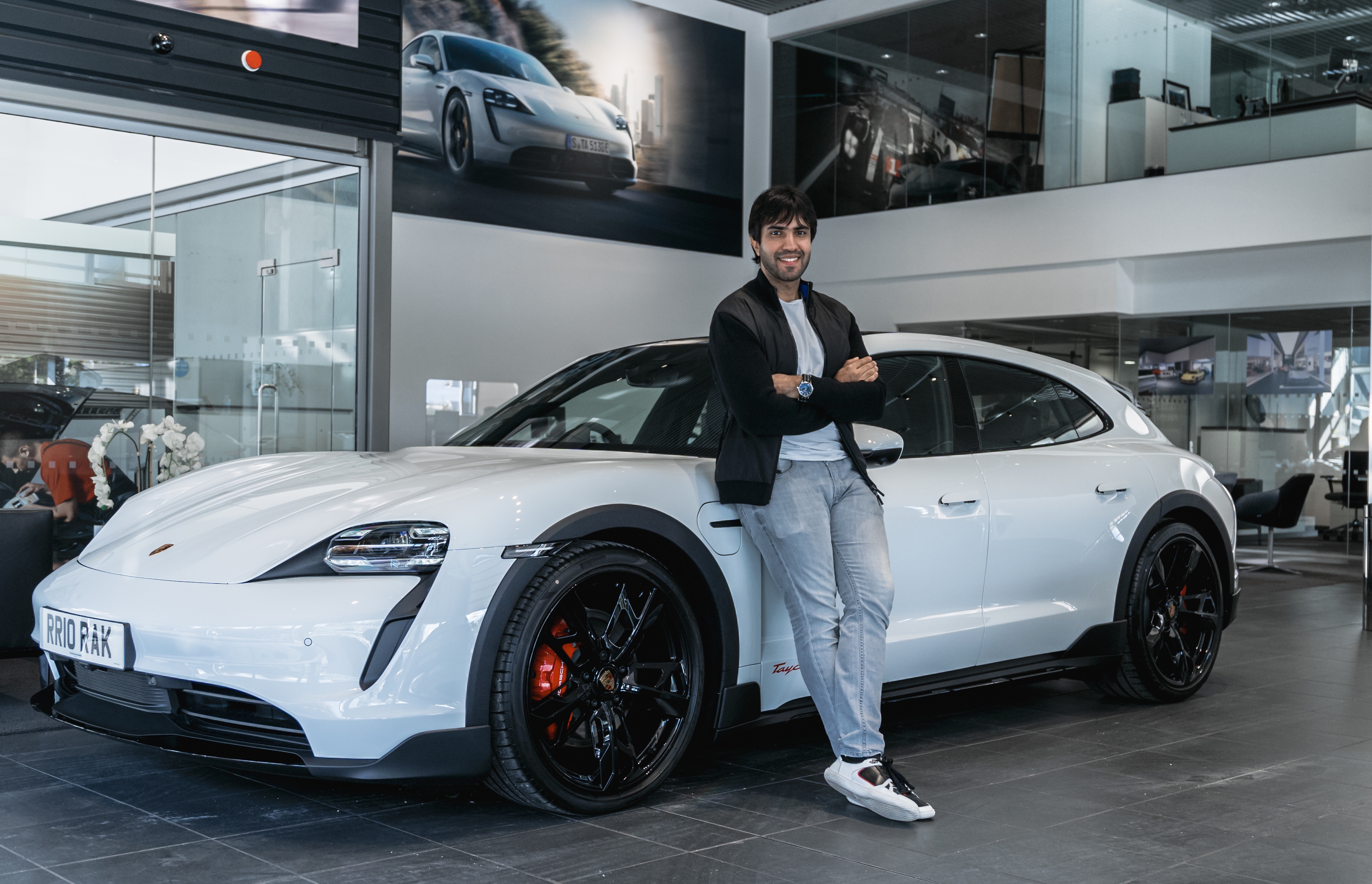EVs have been easy to poke fun at over the years. Comedian Chris McCausland has a popular stand-up sketch about how Jaguar spent four years developing a space age noise for its electric i-Pace, only to silence it because people were looking skywards when they heard one coming towards them. And yet, despite their futuristic novelty, society has actually adjusted remarkably quickly to the advent of electric cars; they are fast becoming commonplace on British roads.
Last year the Government’s EHVS home charging point grant scheme, which ends on 21 March, helped fund almost 61,480 charging units, and last November just under 19 per cent of Britain’s new car market was taken by electric models.
These vehicles are no longer niche. But, for drivers wondering whether to make the switch from petrol to electric, questions still loom about their practicality once the novelty has worn off: range, lack of charge points and the price of battery replacement are just a few of the concerns, not to mention the reputation EVs have of being rather clinical when compared to the edginess of their petrol counterparts. Indeed, Top Gear presenter Jeremy Clarkson has vowed to drive a petrol car until he dies: ‘I never want to drive a car that hasn’t got a nice sound coming out of the front or back. And petrol does that.’
But what do everyday drivers make of their new electric purchases? Since April, Sam Hobday, a community nurse based in rural Kent, has visited housebound patients in an electric VW Golf, averaging up to fifty miles a day. ‘I’m part of a team that works for three surgeries, so we cover quite a big area,’ she says. The Golf is charged up overnight using a domestic three pin socket, and to start with its owner confessed to suffering from ‘range anxiety,’ which sounds like an embarrassing medical condition, but is a term pundits apply to electric car drivers who fear empty battery misery. ‘For the first two weeks of driving it I worried that I might run out charge. I wouldn’t listen to the radio, but I got over that phobia. Now I love it.’
During last year’s fuel supply crisis, the Golf’s owner was ‘almost laughing’ as she passed queues of motorists at filling stations. There were downsides, however. Its rapid acceleration (‘you’d have to be careful on gravel’) meant the front tyres have needed replacing in less than a year. A couple of passengers have complained of car sickness – something the owner has never herself felt.
After charging, the car usually has a range of about 109 miles, although making use of things like wipers, lights and the heater will eat into this distance. There are also three power settings, one to make it go faster and the other two for economy, and Sam has become adept at mode-switching to get the most from her volts.
‘I wouldn’t drive it to Cornwall, but it’s absolutely fine for work,’ she said, adding that she is already developing a hankering a Volkswagen ID.3, which has a claimed 340 mile range.
The idea of going electric came from her husband, who ironically, runs a traditional village garage.

He’s not the only EV convert. Motoring pundit Quentin Willson loves conventional cars. He’s used an encyclopaedic vehicular knowledge to forge a long, successful career taking and writing about them, so it might come as a surprise to discover that he drives a Tesla Model 3, and describes himself as an ‘electric car evangelist.’ Last year he quit the FairFuel UK lobby group, which he’d co-founded, accusing it of ‘lacking environmental sensibilities.’
In 1997 he drove General Motors’ EV 1 electric car for Top Gear. The EV 1 cost about $1/2bn to develop, and was the first mass produced electric car of the modern era, although not a commercial success.
Back then Willson described it both as ‘a volts wagen,’ and ‘Old Sparky.’ Despite this electric chair reference, he was captivated by the EV 1, decided it was the future, and has since gently chided ex-Top Gear co-host Jeremy Clarkson for his apparent antipathy to electric power.
‘I’ve been driving electric cars since 2011,’ said Willson, who has covered 7,500 miles in the first eight months of Tesla ownership. Last summer drove it 769 miles through France in a day. ‘It will out accelerate virtually anything and it’s really calming and silent. It has special biofilters to purify the air in the cabin. That was a good old trip, but at the end of it I felt quite fresh.’
He reckons four charging stops added about an hour and half to his journey time, which some might consider an inconvenience. But Wilson argues it allowed him to eat and re-charge his batteries, as well as the car’s. The trip cost him about £69 which he claims is around half the amount he’d normally expect to spend on petrol to cover the same ground. He describes electric cars as ‘just sensible.’
‘Why all that faffing with friction, combustion smoke and fumes when you can just get into this and it goes instantly? Seventy per cent of a (conventional) car’s energy is lost before it gets to the back wheels, and that’s just nuts.’
Teslas are expensive things, and have a reputation for developing niggling faults, although Willson’s has been completely trouble free. They also have their own fast charging network, which makes topping them up pretty straightforward. Willson concedes that owners of rival, usually shorter range models, who use myriad public charging points when out and about, would find his French trip more of a challenge.
‘It would take you a bit longer, but if you were determined, you could do it,’ he said, adding that electric vehicle ranges will get better, and the charging infrastructure will also improve. ‘In ten years, you’ll be charging at home and it will take five minutes,’ said Willson. But a decade is a long time to wait for those looking to invest now.
Razis Rehan’s Porsche Taycan is the electric equivalent of an Aston Martin Rapide. Rehan’s Porsche is the Cross Turismo version, which basically means it has more room in the back for people and their stuff. Last year the Taycan was Porsche’s best-selling UK model.
Rehan is the epitome of that slightly ghastly term, ‘petrol head,’ even fronting Remove Before Race, his own exotic car channel, which can be found on YouTube. His father and grandfather were serial Mercedes owners and Rehan loves the marque and has owned Merc coupes with massive V8 engines, so a battery Porsche was something of a departure.
‘What I enjoy about the car is the emotional aspect of it what you feel as a driver, the sound of the vehicle, the aesthetic. I didn’t think they would be there in an EV.’

His children love the ‘Star Wars’ sound it makes too, and their dad goes into raptures about the car’s design and dynamics. There have been a few glitches charging away from home (‘the machines weren’t communicating. I’ve had that a few times’). Now the car mostly uses a domestic charger.
“I’ll get 85 per cent charge and use about half of it a day. I’m getting a 200 mile range and I’m fine with that. The car is used for things like shopping and school runs,’ said Rahan, adding that he’s saving £700/£800 a month on fuel compared to his massively powerful Mercedes.
A serial monogamist when it comes to cars, Rehan bought his £105,000 electric supercar on finance, shelling out ten per cent of the list price and £1,150 a month thereafter (‘which I thought was quite reasonable, given what it is’). He will probably swap it for a new one after a year to stave off the ravages of depreciation, and because he thinks technical developments mean electric cars are rapidly improving. This also means he won’t own a very expensive car when its battery gets old. ‘A bit like a smart phone. You don’t want to own one for too long.’
If you’re from a motoring generation that knows about big ends and tappets, going electric may sound horribly unromantic. But there are plenty of owners out there who have found the same kind of love for their new EVs as you might expect to have for a classic petrol car. And, come 2035, when the government bans the sale of petrol cars, we’ll have to hope the EV enthusiasts are proved right.






Comments